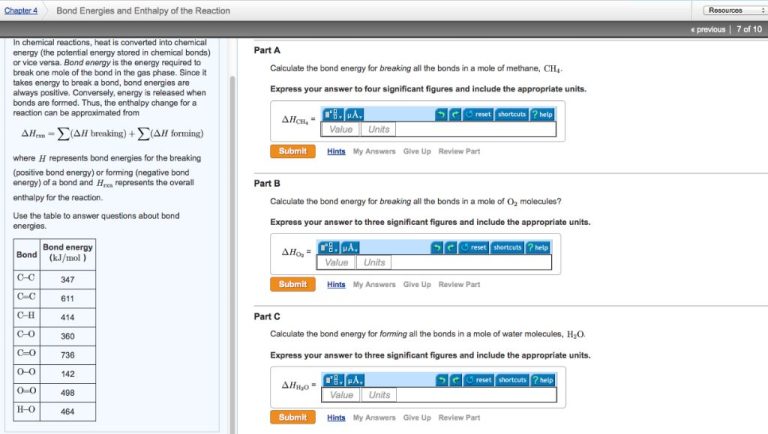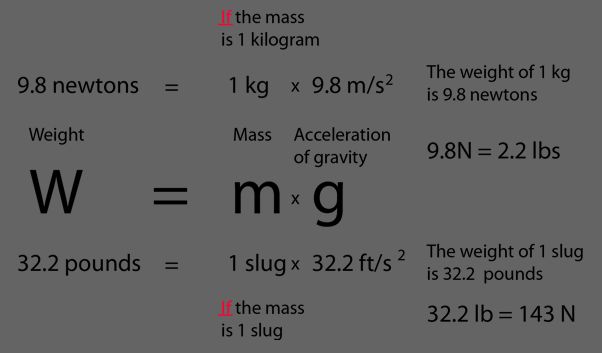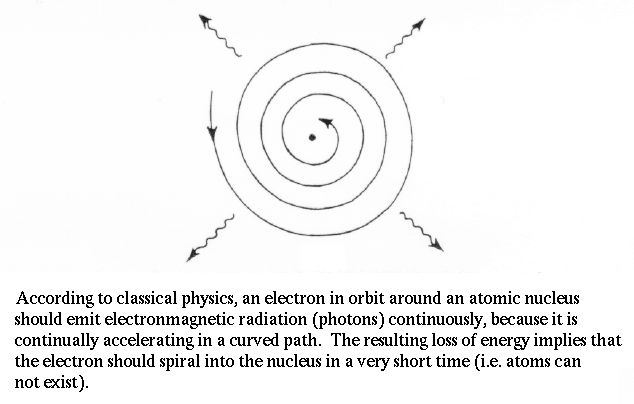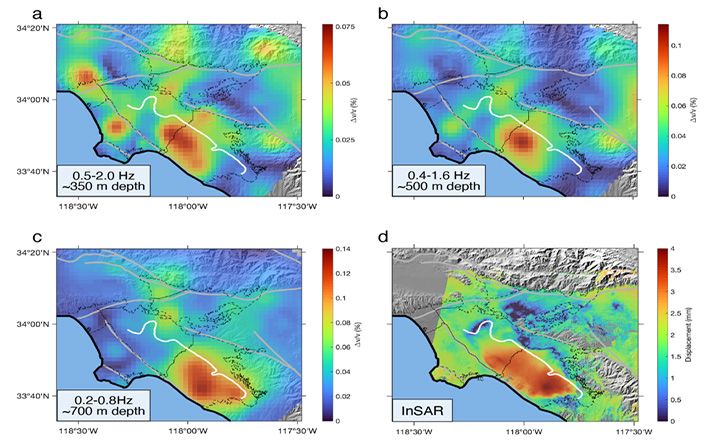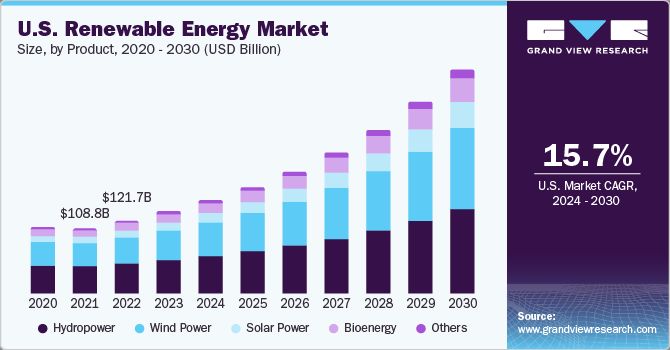How Big Is Renewable Energy Sector?
Renewable energy comes from natural sources or processes that are constantly replenished, such as sunlight, wind, water, plants, and earth’s heat. The renewable energy sector has experienced significant growth over the past decade as countries seek to reduce carbon emissions and transition to sustainable energy systems. Key questions examined in this article include: What is the current global capacity and investment in renewables? How cost-competitive are renewables compared to fossil fuels? How many jobs does the sector support? What role do renewables play in reducing emissions? What are the main challenges and future projections for renewable energy growth?
Global Renewable Energy Capacity
Global renewable energy capacity has grown rapidly over the past decade. According to the International Renewable Energy Agency (IRENA), total renewable power capacity worldwide reached 2,351 GW by the end of 2018, up 171 GW from 2017 and a four-fold increase over 2009 levels (https://www.clean-energy-ideas.com/wind/wind-energy/top-10-wind-energy-producing-countries/). Renewable energy now accounts for approximately a third of total installed power generation capacity globally.
The growth in renewable energy outpaces fossil fuels and nuclear. Fossil fuel capacity grew by 70 GW in 2018 while nuclear power capacity expanded by 9 GW. In comparison, solar PV capacity increased by 94 GW and wind power grew by 49 GW in 2018. Renewables like solar and wind are more scalable and can be deployed more rapidly compared to conventional power generation.
Despite the strong growth, renewables still have room to expand. As of 2018, renewables generated around 26% of global electricity while coal and natural gas accounted for 38%. There is significant potential for renewables to meet a greater share of the world’s energy demand.
Investment in Renewables
Global investment in renewable energy capacity has grown substantially over the past decade. According to data from IRENA, total investment increased from $131 billion in 2004 to over $1 trillion in 2022. The majority of this investment has been focused on solar and wind energy. In 2021, solar accounted for $231 billion of investment globally while wind captured $129 billion. Overall, renewable energy made up over 80% of all new power generation investments in 2021.
While investment dipped slightly in 2020 due to the COVID-19 pandemic, the long-term trajectory is clearly upwards. Developing countries in Asia, such as China and India, are leading the world in new renewable energy investments. In 2021, China invested over $266 billion in renewables while India put in over $14 billion. The United States and Europe still account for a sizable portion of global investment as well, contributing over $200 billion combined in 2021.
Several key factors driving growth in renewable energy investment include rapidly falling technology costs, supportive government policies, corporate procurements, and the competitiveness of renewables compared to fossil fuels. IRENA forecasts that global renewable energy investments will need to double from current levels to around $2 trillion per year by 2030 in order to reach international climate and sustainability goals.
Cost Competitiveness
The costs of renewable energy technologies like solar and wind have declined dramatically in the past decade, making them increasingly cost-competitive with fossil fuels like coal and gas for power generation. According to the International Renewable Energy Agency (Source), between 2010 and 2020, the cost of solar PV modules fell by around 85% while the costs of onshore and offshore wind declined by 49% and 35% respectively. This has enabled renewable energy sources to become the lowest-cost source of new power generation in many parts of the world.
The declining technology costs coupled with competitive bidding for long-term power purchase agreements have led to record low tariffs for solar and wind based electricity. In many markets, electricity from new renewable power plants is now cheaper than from new fossil fuel plants. For example, recent auctions for solar power in countries like Chile, United Arab Emirates, and Saudi Arabia have resulted in tariffs below $0.03/kWh.
Furthermore, as per analysis by the International Energy Agency (Source), in 2021, record additions of renewable power expanded overall global electricity generation by more than 6%, even as coal powered generation declined. Going forward, the increasing cost competitiveness of renewables is expected to continue driving their exponential growth while phasing out coal powered electricity generation worldwide.
Employment
Renewable energy has become a major source of employment around the world. According to a 2021 report from the International Renewable Energy Agency (IRENA), renewables employed 12 million people globally in 2020, with solar PV being the largest employer at 4 million jobs.
In the United States, renewable energy supports over 906,000 jobs as of 2021, with wind energy accounting for the largest share at over 121,000 jobs according to the International Renewable Energy Agency (IRENA) [1]. Many of these jobs are concentrated in states like California, Texas, Iowa and New York.
The renewable energy job market is rapidly expanding with over 200,000 job listings on sites like Indeed for roles like solar installers, wind turbine technicians, energy engineers and more [2]. Major companies like Tesla, SunRun, Vestas, and Siemens are hiring thousands to meet growing demand.
With costs declining and adoption accelerating globally, employment in renewables is projected to grow to over 42 million by 2050 according to IRENA [1]. Renewables offer a major opportunity for job creation and economic growth around the world.
Emissions Reduction
The growth of renewable energy has substantially reduced carbon emissions globally. According to a 2021 study published in Science Direct, the emissions reduction induced by renewable energy in Italy from 2008-2018 totaled 115 million metric tons of CO2 (Beltrami et al., 2021). The Clean Energy Regulator of Australia also quantified that renewable energy reduced emissions in Australia by 16.6 million metric tons in 2021 (Clean Energy Regulator, 2022). Overall, a 2024 study in Science Direct estimated that despite growth in solar and wind capacity, these renewables displaced 5.6 gigatons of CO2 emissions globally from 2010 to 2018, equivalent to all US emissions in 2019 (Li et al., 2024).
Beltrami, F., Aliprandi, S., Di Carlo, A., & Matarazzo, B. (2021). The value of carbon emission reduction induced by photovoltaic and wind power production in Italy. Science Direct. https://www.sciencedirect.com/science/article/abs/pii/S092180092100207X
Clean Energy Regulator. (2022). Emissions reduction. https://www.cleanenergyregulator.gov.au/Infohub/Markets/Pages/qcmr/december-quarter-2021/Emissions-reduction.aspx
Li, X., Zhang, Y., & Zhao, L. (2024). Energy transition paradox: Solar and wind growth can increase carbon emissions. Science Direct. https://www.sciencedirect.com/science/article/abs/pii/S136403212301078X
Challenges
While renewable energy continues to grow rapidly, its integration into existing energy systems and grids brings challenges related to intermittency, storage, and transmission infrastructure. Solar and wind power are variable sources, meaning they fluctuate based on weather conditions and time of day. This intermittency requires backup power sources and energy storage in order to meet demand when renewable generation is low.
Expanding transmission infrastructure is needed to move clean electricity from areas with the best renewable resources to population centers. The location of renewable projects is often far from existing grids. Upgrading and building new transmission lines to support renewable growth can be costly and face siting and permitting hurdles.
Energy storage systems, like batteries and pumped hydro storage, are important solutions but can require high upfront investments. Determining optimal locations for storage to maximize grid flexibility and reliability is an active area of research and development.
More advanced power system and market operations are also required to balance supply and demand with high renewable penetration. Forecasting generation, building in reserve margins, increasing system flexibility through technologies like smart inverters, and real-time coordination of generators are some ways grid operators are addressing these operational challenges.
While there are technical and economic difficulties, multiple studies have found that high renewable energy penetrations of 80% or more are achievable on national and regional grids with sufficient infrastructure development, market design, and grid management strategies. Overcoming integration barriers will require coordinated efforts between project developers, utilities, grid operators, policy makers, and other stakeholders.
Future Projections
According to the International Energy Agency (IEA), global renewable energy capacity is forecast to grow at unprecedented rates through 2040. In their latest report, the IEA projects that renewable energy capacity will expand by over 60% between 2020 and 2030, reaching over 4,800 GW by 2030.
The largest growth is expected in solar PV, with capacity projected to triple between 2020 and 2030 to over 3,000 GW according to the IEA’s Stated Policies Scenario. Wind power capacity is also forecast to nearly double to around 1,400 GW by 2030.
“Renewables are set to account for almost 95% of the increase in global power capacity through 2025,” according to the IEA report. They project renewables will supply nearly 30% of the world’s electricity by 2030.
Looking even further ahead, BloombergNEF predicts that by 2050 over 50% of the world’s electricity will come from renewable sources, with solar providing 23%, wind 22% and hydropower 8%. Significant growth in battery storage is also expected to help enable higher penetration of renewables on electricity grids.
Policy Landscape
Government policies and targets have been critical drivers in the growth of renewable energy globally. According to the International Energy Agency (IEA), some key policy recommendations for accelerating renewables deployment include setting ambitious renewable energy targets, providing predictable subsidy schemes, implementing competitive auctions, and taking a whole energy system integration approach.
Many countries have implemented strong policy support for renewables. For example, the European Union has set a binding target for renewables to comprise 32% of energy use by 2030. China aims to reach 1,200 GW of wind and solar PV capacity by 2030. The United States has implemented production and investment tax credits at the federal level along with renewable portfolio standards in many states, though unstable policy has hampered growth. Overall, predictable, long-term policy frameworks provide critical certainty for investment in renewables.
Well-designed auctions and tenders have also accelerated cost declines by introducing competition among developers. Shifting subsidies from feed-in tariffs to auctions has helped drive down prices. Meanwhile, carbon pricing mechanisms like carbon taxes and cap-and-trade systems can improve the economics of renewables relative to fossil fuels. However, policy and regulatory challenges remain, and continued evolution of policy support will be needed to enable renewables to supply a majority of global electricity.
Conclusion
In conclusion, the renewable energy sector has seen massive growth and investment in recent years. As of 2021, renewable energy accounted for over 29% of global electricity generation capacity. Costs for key technologies like solar PV and wind have declined dramatically, making renewables cost-competitive with fossil fuels in many markets. Employment in the sector exceeded 12 million jobs globally in 2021. However, renewables still face challenges around integration and grid stability as the share of intermittent sources rises. Most projections foresee strong continued growth for renewables, with scenarios showing renewables meeting 50-90% of global electricity demand by 2050. Realizing these ambitious decarbonization pathways will require supportive policies and massive investments worldwide. Overall, the long-term outlook for renewable energy remains very promising, with great potential to continue displacing fossil fuels and enabling the global energy transition.

